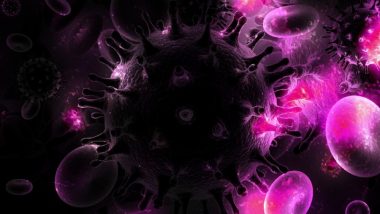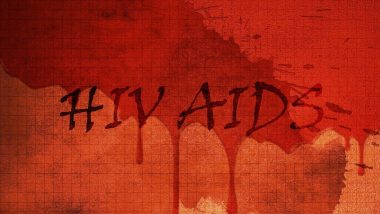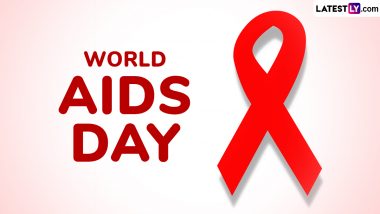Washington D.C, Feb 12: The HIV virus evolves quickly with genetic variations arising frequently and local health departments and the Centers for Disease Control and Prevention (CDC) in the USA use those HIV genetic sequences to trace the virus' transmission history. This information allows researchers and public health officials to build transmission networks, clusters of people with genetically similar HIV.
Transmission networks help determine which groups might be at increased risk for transmitting HIV, but they do not reveal who contracted the infection from whom. Recently, researchers from the University Of California San Diego School Of Medicine, in association with the Los Angeles County Department of Public Health used this data to look for HIV infection trends in the region. World AIDS Day 2018: 2.1 Million Indians Are HIV Positive Says UNAIDS, But More Than 40% Are Unaware.
While they expected to find many transmission clusters with men who have sex with men, a group that makes up 62 per cent of new HIV cases each year in the US, they were surprised to find more transgender women (people assigned male at birth, but who identify as female) and heterosexual cisgender men (people who were assigned male at birth and identify as male) in these clusters than they had anticipated.
The results of the study, published February 11 in Lancet HIV, suggest transgender women are at higher risk of being in an HIV transmission network than men who have sex with men. The researchers further elaborate that, in addition, cisgender men in these clusters should be considered at higher risk for HIV. Speaking about it, senior author Joel Wertheim, said, “This is a pattern of HIV transmission that we didn't know about before, and the information could help us slow the spread of the virus.” HIV Drug Is Not As Effective As Previously Thought, Says Study.
Wertheim led the study with first author Manon Ragonnet-Cronin, PhD, who was a postdoctoral researcher in his group at the time of the study. According to reports, transgender women, who make up 27.7 per cent of new HIV cases each year in Los Angeles County and, in addition, are known to have high rates of undiagnosed infections. Yet, according to the Wertheim and Ragonnet-Cronin, HIV transmission networks for transgender women have never before been studied.
The researchers found that transgender women in Los Angeles County were distributed across 126 HIV transmission clusters. These women were very likely to cluster with each other (i.e., be linked to at least one other transgender woman), indicating shared risk activities. Transgender women were also linked to more cisgender men than expected. The approach allowed researchers to characterise the partners of transgender women across USA. Now Wertheim is working with the CDC and public health departments in Chicago, New York City and Houston to employ this same molecular epidemiology approach to identify local groups at highest risk for HIV, and greatest need for intervention and support.













 Quickly
Quickly





















